As we await the result of the US presidential election, here are some facts about the US economy within a world context.
Share of world GDP
In 1980, it looked like this:

The US had more than twice of the share of global GDP than Japan, and more than Japan, Germany and France combined. China’s share was less than 2% and virtually the same as India.
Now in 2019, pre-COVID, it looked like this:

The US still has the largest in constant dollar terms. Although the share has declined, the US share is larger than the rest of the G7 combined. But China has rocketed up to over 16%, leaving India in its tracks.
GDP per capita growth rate 1980-2020
The US real GDP per person growth rate has averaged less than 3% a year and has been slowing consistently, while China’s has averaged around three times as much.
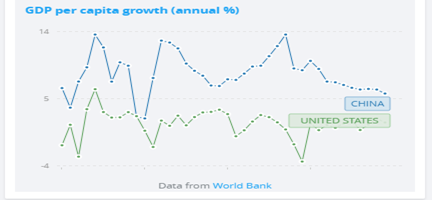
Share of world manufacturing output
At the start of the 1980s, US manufacturing had more than 25% of world output, with Japan at 11% and Germany 7%. China was nowhere. By 2017, the US share had slipped to about 18%, with both Japan and Germany below 10%. China had rocketed to over 25%.
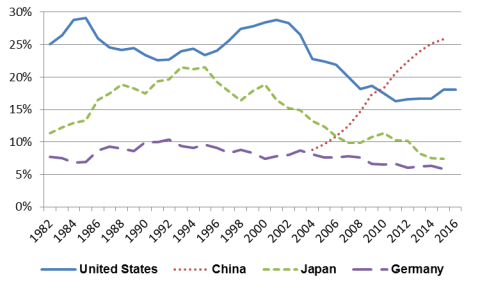
Share of world exports
The US share of world exports in 1980 was over 13% with Germany and Japan well behind. China had only 1% of world exports.
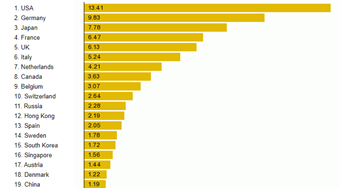
In 2019, China overtook the US with nearly an 11% share while the US share slipped to 10%.
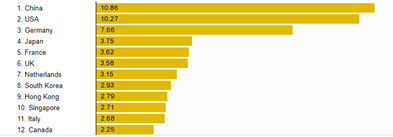
Life expectancy
Life expectancy is an important measure of the quality of life. Back in 1980, the US was 21st in the world with life expectancy at birth of 73.6 years, behind most European countries and even Cuba.
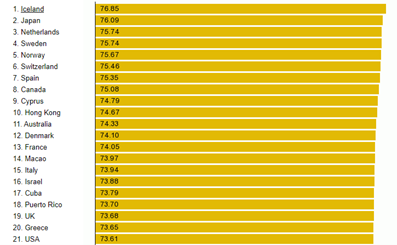
By 2019, the US had dropped to 43 in the rankings with 78.5 years and China was catching up at 76.7 years.
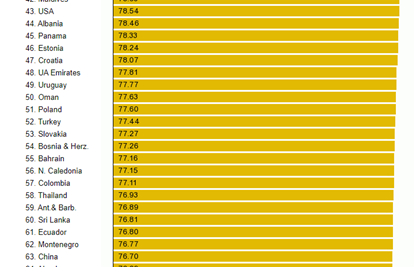
Inequality of income and wealth
Of the G7 economies, the US has the most unequal distribution of both personal wealth and incomes.

Military expenditure
The US spends three times as much on military expenditure than China and more than the rest of the world put together!
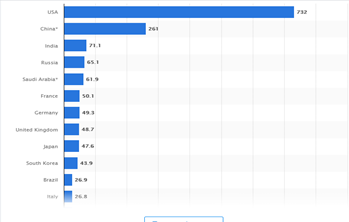
Carbon emissions per head
The US is the world leader in carbon emissions per person, followed by the energy and minerals exporters, Australia and Canada. China’s emissions per head are less than half that of the US.

Robots per capita
Korea leads the world in robot density with more than three times the number per 10,000 employees than the US. The US lags behind Germany, Japan and Sweden. China is catching up fast and will surpass the US next year.
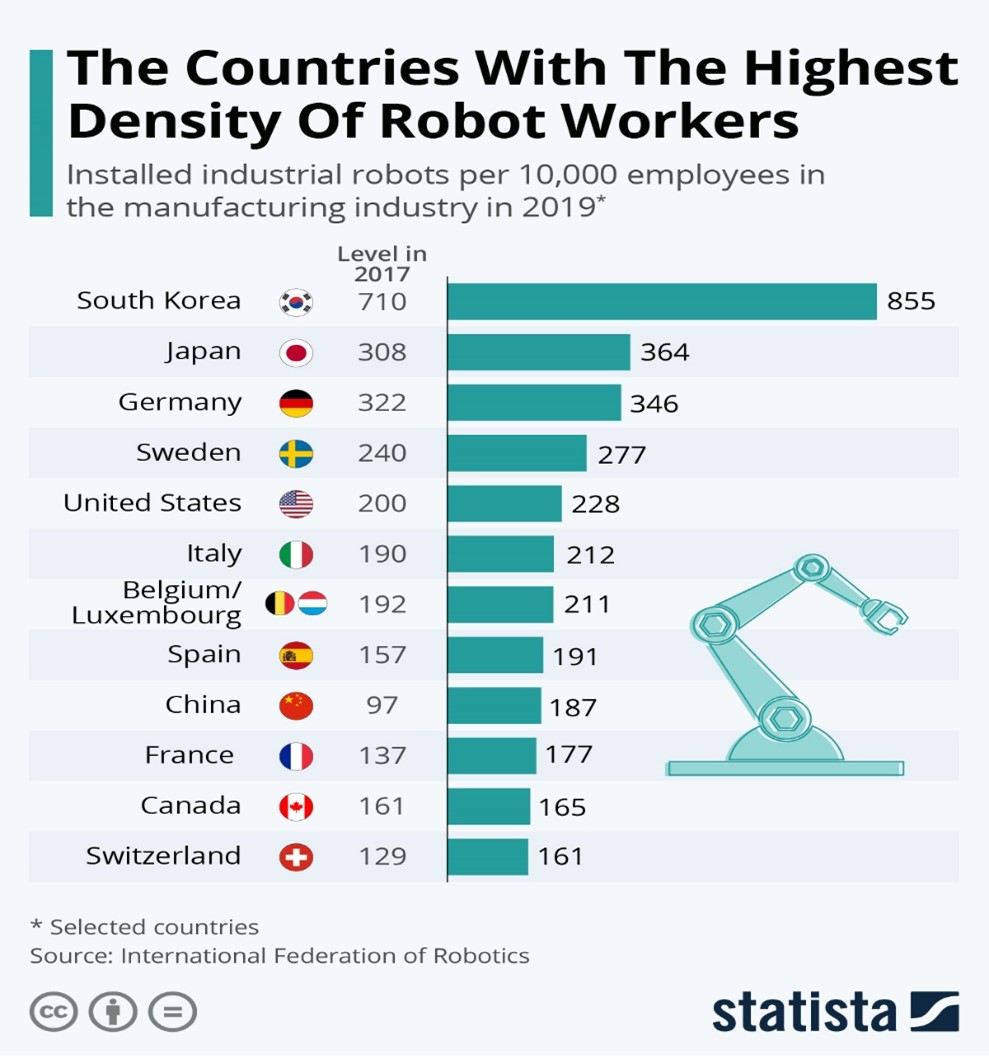
Courtesy Michael Roberts blog
Michael Roberts
Michael Roberts worked in the City of London as an economist for over 40 years. He has closely observed the machinations of the global capitalism from within the dragon’s den. Since retiring, he has written several books. The Great Recession – a Marxist view (2009); The Long Depression (2016); Marx 200: a review of Marx’s economics (2018): and jointly with Guglielmo Carchedi as editors of World in Crisis (2018). He has published numerous papers in various academic economic journals and articles in leftist publications.



